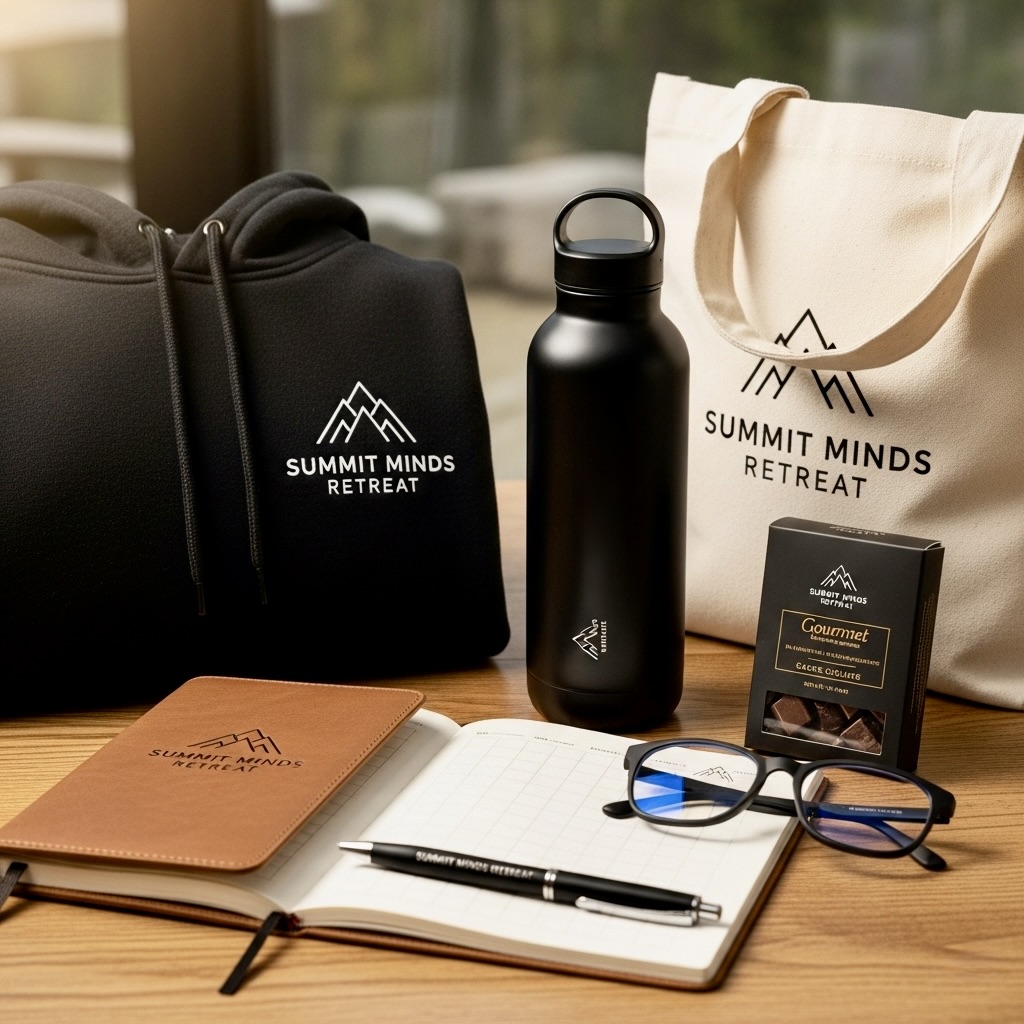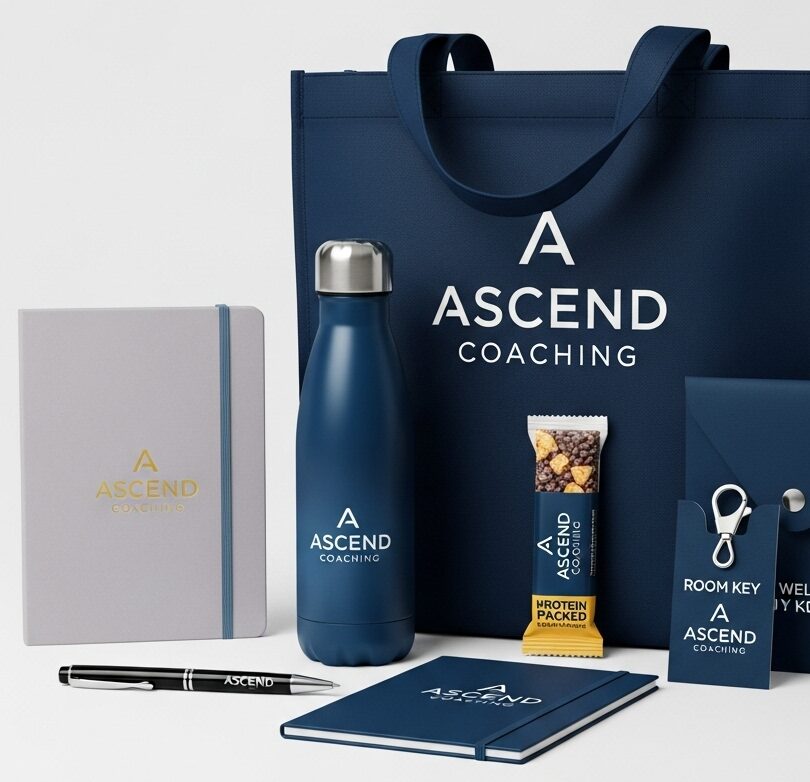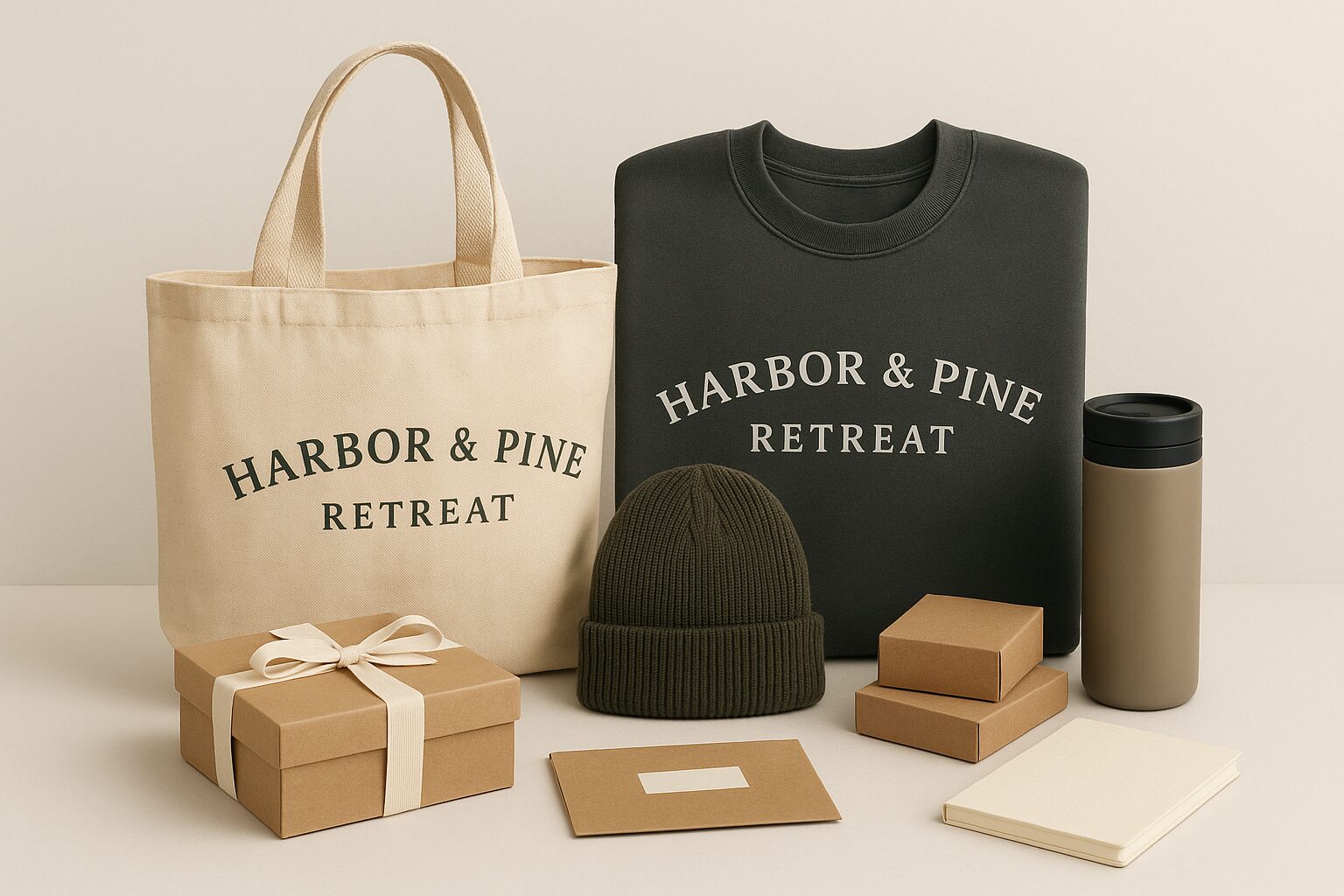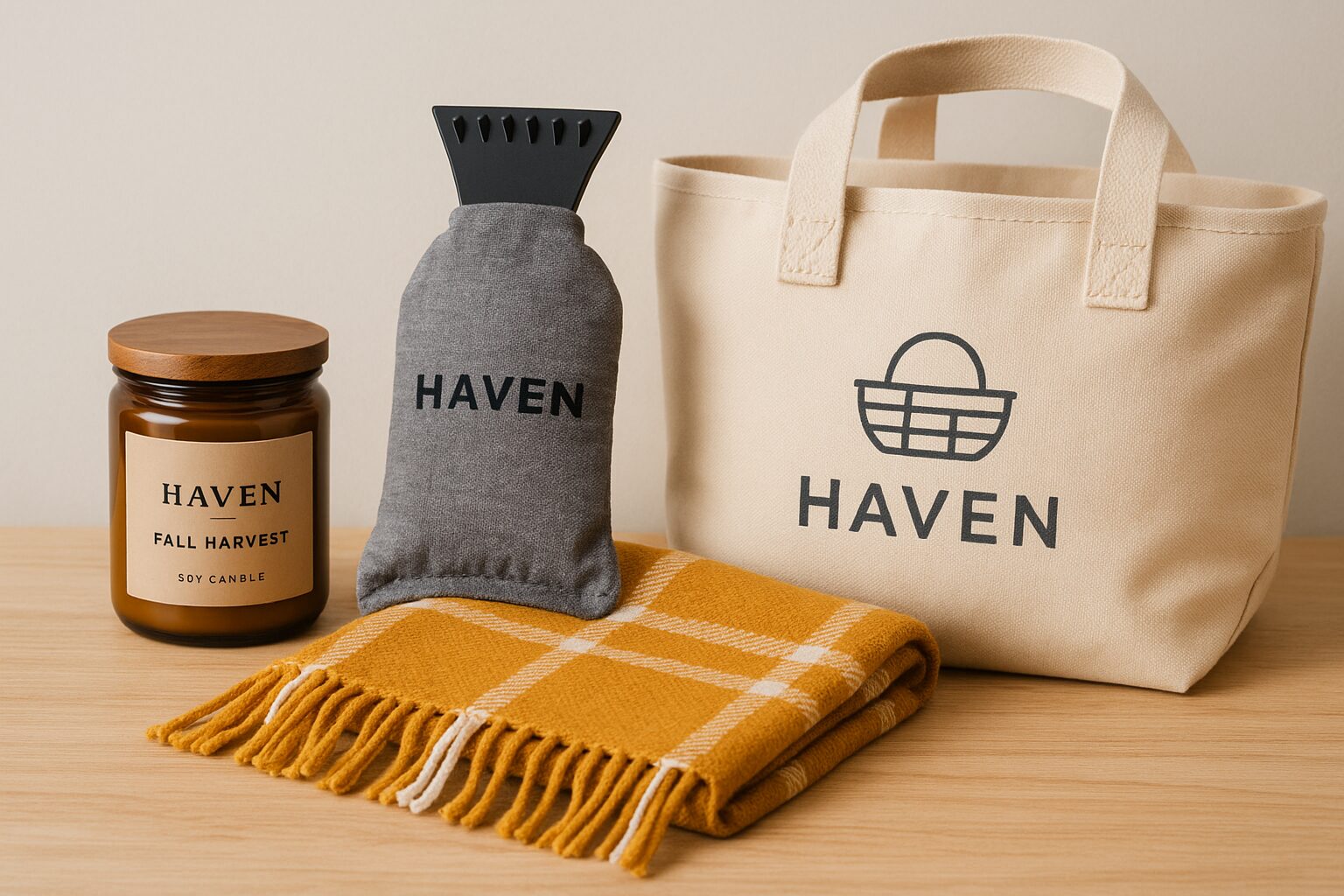Because People Want the Hoodie—Even If You Didn’t Pack It
You nailed the content. The venue was vibey. The food? Surprisingly solid. And then three days into your retreat, someone comes up and whispers:
“Hey, any chance you’ve got extra mugs?”
Or worse: “Do you sell that journal?”
They’re not just being polite. They want a piece of it. Something they can bring home, gift, or hoard like it’s the last sweatshirt on earth.
That’s where a mini merch store comes in. It’s not about pushing product—it’s about giving people a way to stay connected to the experience. On their own time. With their own money.
What a Mini Merch Store Actually Is (and Isn’t)
A mini merch store isn’t some bloated Shopify build with 50 products and a fulfillment warehouse. Think smaller. Think smarter.
It’s a curated collection of 3 to 8 high-demand items people actually want. Hosted online. Orderable anytime. Fulfilled automatically.
It runs quietly in the background, turning post-event nostalgia into passive income—and extending your brand beyond the closing circle.
Why It Works (and Why You’re Probably Overthinking It)
You don’t need a massive audience. Just an engaged one.
Retreat attendees are primed: they’ve already had a transformation, a breakthrough, or a deep conversation in your branded zip-up hoodie. Now they want to bottle it up.
Instead of guessing what sizes to over-order—or worse, under-order—let them choose what they want, when they want it.
Want to keep it low-lift? Set up a “swag-on-demand” system where orders print and ship as they’re placed. No storage. No bulk shipping. No Excel nightmares.
Start With the Staples (The Good Kind)
Your mini store should center around pieces that feel like souvenirs *and* status symbols.
Here’s your core starting lineup:
- Signature Hoodie: This is the flagship. Make it comfy. Make it wearable. Make it brag-worthy.
- Premium Journal: Bonus points if it matches the one used at the retreat. People love continuity.
- Mug or Tumbler: Daily use = daily brand exposure. It also doubles as a Zoom flex.
- Sticker Pack: Low-cost, high-margin, and a favorite among brand loyalists.
- Surprise Gift Box: Combine a few pieces from the retreat, repackage them, and sell as a “throwback kit.”
If you want more ideas that connect emotional impact to tangible goods, this guide on merch strategy that builds belonging is your next click.
Seasonal Drops Keep It Fresh
Want recurring attention? Rotate items seasonally. Not in a hypebeast, “drop at midnight” way (unless that’s your thing)—just enough to signal care.
Fall collection with flannels and campfire mugs. Spring renewal kit with lemon balm tea and gratitude cards. You get the idea.
Suddenly your retreat becomes more than a weekend. It becomes a rhythm.
How to Set It Up Without Losing Your Mind
You don’t need to become a fulfillment center to make this work. Here’s a dead-simple tech stack:
- Print-on-Demand Vendor: Think Printful, Printify, or us. They hold inventory and ship for you.
- Simple Storefront: Use Shopify Lite, WooCommerce, or even a hidden page on your current site.
- Clean Product Mockups: Avoid Canva clutter. Keep it simple, real, and scroll-stopping. High perceived value wins.
You can even tie store access to VIP upgrades or alumni communities. Want the hoodie? Join the club.
This works beautifully when paired with a merch table strategy that’s already dialed. For tips on that, check out why your merch table should act like your frontline team.
Where It Pays Off (Spoiler: It’s Not Just Profit)
Yeah, you’ll make a little extra revenue. That’s nice.
But here’s where the mini merch store really shines:
- Brand Reinforcement: Every item is a reminder of the experience you delivered. It keeps your brand top of mind long after the event ends.
- Community Signals: When someone wears your mastermind tee to the gym, others notice. It builds subtle FOMO.
- Referral Flywheel: “Where’d you get that hoodie?” turns into “Oh, from this retreat I went to last year…”
If you’re strategic about it, the store itself becomes a low-key lead gen funnel.
What to Avoid So You Don’t Flop
Let’s keep you out of merch purgatory. Here are the traps to dodge:
- Too Many Options: Analysis paralysis is real. Keep it tight. Fewer SKUs = higher conversion.
- Cringe Designs: If it looks like clip art or conference freebie leftovers, no one’s buying. Class it up.
- Complicated Checkout: If the cart feels like a tax form, people will bail. Make it fast and mobile-friendly.
Don’t know where to start with design? Our team broke down how a premium unboxing experience sets the tone. You can borrow those same principles for your store display and packaging.
Simple Promotion Plan (So You Actually Sell Stuff)
Your merch store doesn’t need to scream “SALE!” from the rooftops. Just bake it into your ecosystem:
- Drop a link in post-retreat thank-you emails
- Mention it on your retreat landing page or confirmation emails
- Offer a store credit as part of VIP upgrades
- Create seasonal “alumni exclusives” to bring past attendees back
Light touches, frequent reminders. No pressure needed.
You Don’t Need to Be Nike. Just Thoughtful.
You’re not launching a fashion line. You’re building a meaningful brand that lasts beyond the retreat.
The goal is never “sell more stuff.” The goal is to deepen connection. Keep the story alive. And give people a way to carry your event with them—literally.
Set it up once. Let it run in the background. And when someone tags you in an airport selfie wearing your mastermind hoodie? You’ll know it was worth it.
And yes… it all starts with a mini merch store.







0 Comments